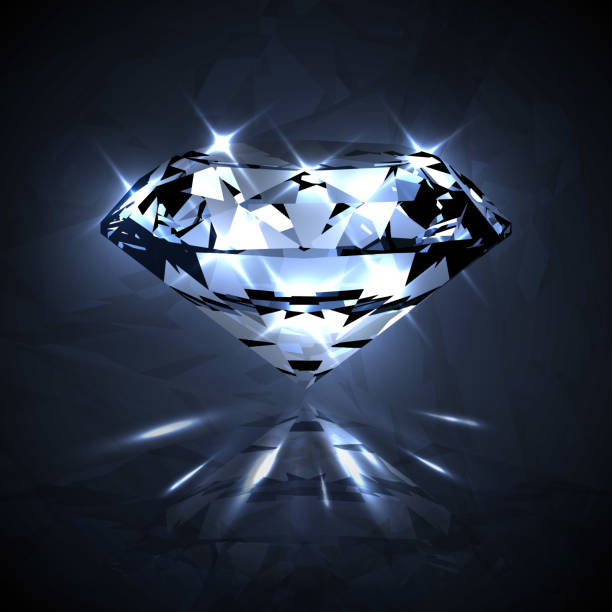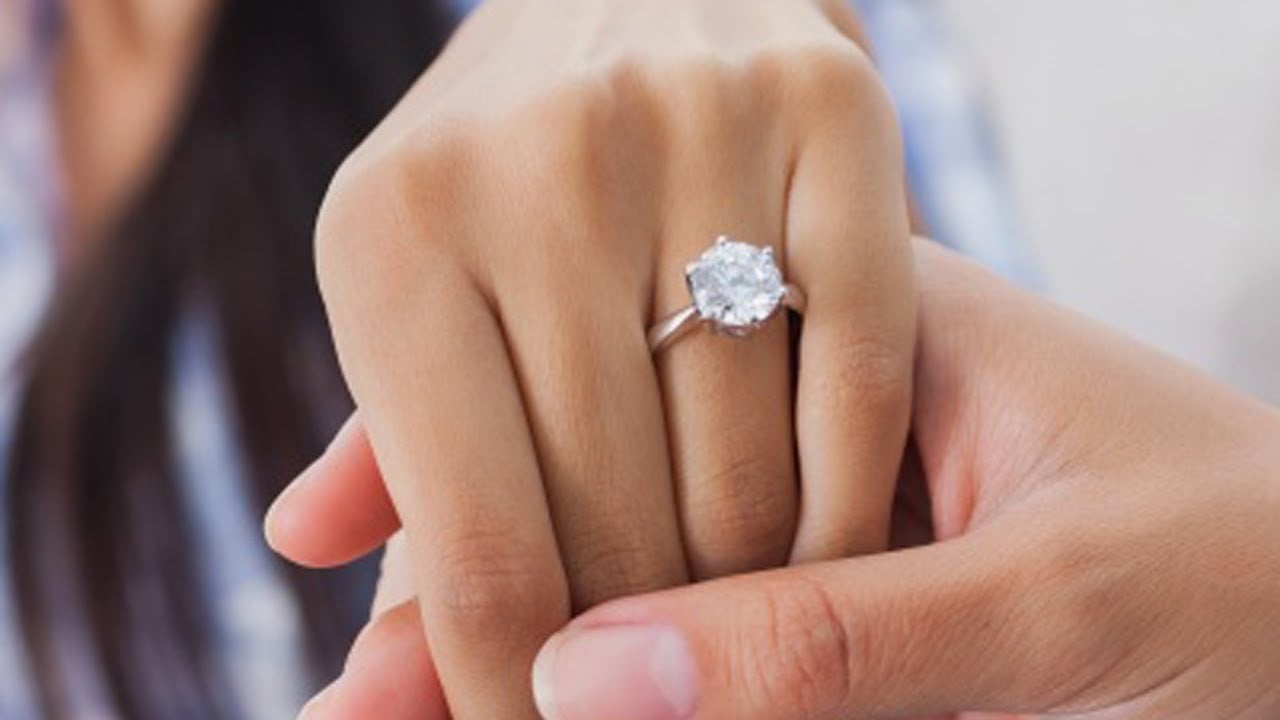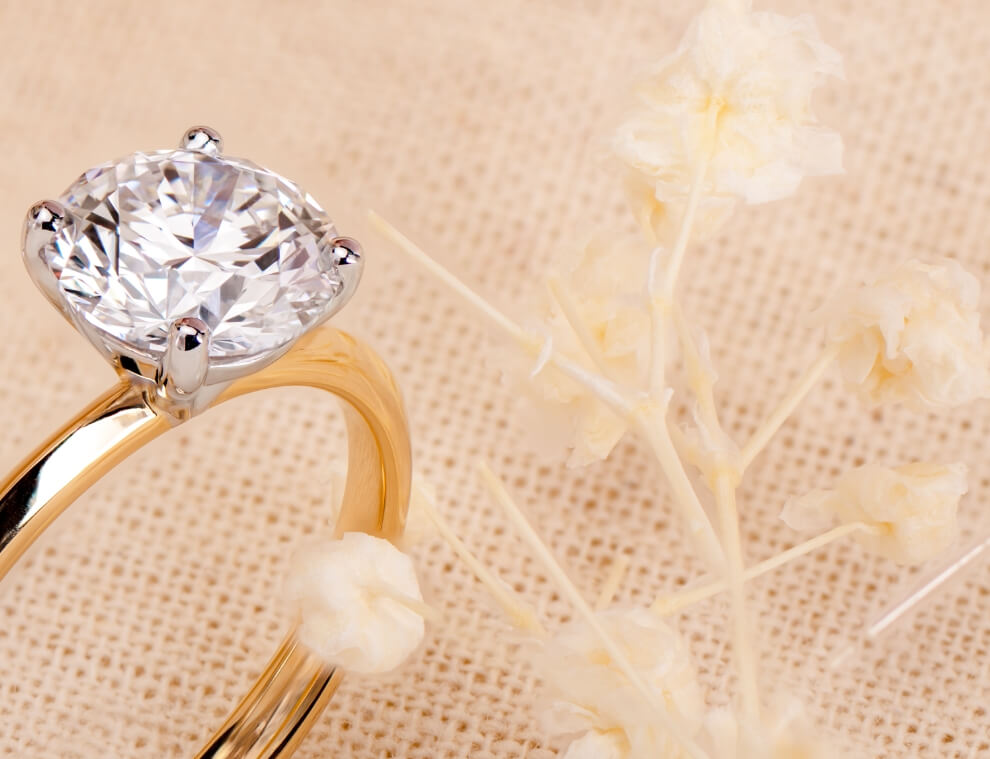Lab-grown diamonds have become an increasingly popular choice for consumers seeking the beauty and elegance of diamonds at a more affordable price. With advancements in technology, these diamonds are chemically identical to natural diamonds but are created in a controlled laboratory environment. When considering purchasing a lab-grown diamond, understanding the 4Cs is essential to making an informed decision. The 4Cs, which stand for Cut, Color, Clarity, and Carat weight, are the key factors that determine the quality and value of a diamond, whether it’s lab-grown or mined. In this article, we’ll explore the significance of each of the 4Cs and how they apply to lab-grown diamonds.
Cut: The Most Important of the 4Cs for Lab-Grown Diamonds
When it comes to lab-grown diamonds, the cut is arguably the most important factor to consider. The cut refers to how well a diamond has been shaped and faceted to maximize its brilliance and sparkle. Unlike color, clarity, or carat weight, the cut is the only aspect of a diamond that is influenced by human skill and craftsmanship.
A well-cut lab-grown diamond will exhibit optimal light performance, reflecting light back through the top of the diamond, creating a dazzling sparkle. Conversely, a poorly cut diamond will lack brilliance and may appear dull or lifeless. When assessing the cut of a lab-grown diamond, factors such as symmetry, proportions, and polish are taken into account. lab grown diamonds 4Cs are often cut to the same high standards as natural diamonds, ensuring that you receive a diamond that offers exceptional visual appeal.
Color: Lab-Grown Diamonds and Their Color Grading
The color of a diamond plays a significant role in determining its overall quality and value. For both lab-grown and natural diamonds, the GIA (Gemological Institute of America) color scale ranges from D (colorless) to Z (light yellow or brown). The closer a diamond is to colorless, the higher its value.
Lab-grown diamonds are available in a range of colors, with colorless diamonds being the most sought after. These diamonds are created in such a way that they mimic the natural growth process of diamonds, resulting in stones that can exhibit virtually no color. However, some lab-grown diamonds may display a faint yellow or blue tint, which is common in both lab-grown and natural diamonds.
Understanding the color grading system is crucial when purchasing a lab-grown diamond. Generally, diamonds in the D-F range are considered colorless, G-J are near-colorless, and diamonds from K onwards show slight hints of color. While colorless diamonds are often more expensive, some people may find that diamonds with a slight color tint still offer excellent value and beauty.
Clarity: Examining the Purity of Lab-Grown Diamonds
Clarity refers to the presence of internal or external imperfections, also known as inclusions and blemishes. These imperfections can occur during the formation of the diamond, whether it’s natural or lab-grown. Inclusions are small imperfections found inside the diamond, while blemishes are external marks that may result from cutting or handling.
Lab-grown diamonds are often created with fewer inclusions than natural diamonds. This is because the controlled environment in which they are grown allows for a more consistent and cleaner result. However, like natural diamonds, lab-grown diamonds can still have some inclusions, but they are typically less noticeable due to the advanced technology used to create them.
When assessing the clarity of a lab-grown diamond, it’s important to look at the clarity grading scale. The scale ranges from Flawless (no inclusions or blemishes visible under 10x magnification) to Included (inclusions and/or blemishes that are easily visible to the naked eye). Lab-grown diamonds typically fall within the VS1 to SI1 range, offering a good balance between quality and value.
Carat Weight: Understanding the Size of Lab-Grown Diamonds
Carat weight measures the size of a diamond, with one carat equaling 200 milligrams. Carat weight is often one of the most noticeable factors when it comes to choosing a lab-grown diamond, as larger diamonds tend to be more expensive. However, it’s important to remember that carat weight alone doesn’t determine the overall quality of the diamond.
Lab-grown diamonds can be produced in a variety of sizes, from small stones to larger diamonds suitable for engagement rings. Because lab-grown diamonds are typically more affordable than natural diamonds, buyers can often purchase a larger diamond within their budget. When considering the carat weight of a lab-grown diamond, it’s essential to balance size with the other 4Cs, as a large diamond with poor cut, color, or clarity may not offer the same visual appeal as a smaller, well-cut stone.
The Value of Lab-Grown Diamonds and the 4Cs
When considering lab-grown diamonds, it’s important to evaluate all of the 4Cs together. The cut, color, clarity, and carat weight all play a significant role in determining the diamond’s overall appearance and value. Lab diamonds offer exceptional value, as they can provide the same brilliance, sparkle, and durability as natural diamonds, but at a lower cost.
Because lab-grown diamonds are often less expensive than their natural counterparts, consumers can invest in a larger or higher-quality diamond for the same price they might pay for a smaller, lower-quality natural diamond. This gives buyers the opportunity to prioritize the 4Cs according to their preferences and budget. Whether you’re looking for a high-quality lab-grown diamond with excellent clarity and color or a larger stone with a slightly lower clarity, understanding the 4Cs will allow you to make the best choice for your needs.
How to Choose the Best Lab-Grown Diamond for You
Selecting the best lab-grown diamond requires careful consideration of your priorities and preferences regarding the 4Cs. If sparkle is most important to you, prioritize the cut of the diamond. If size is your main concern, focus on carat weight while keeping in mind the other factors. Ultimately, lab-grown diamonds offer a beautiful and ethical alternative to mined diamonds, providing the same brilliance and durability at a fraction of the cost.
Whether you’re purchasing a lab-grown diamond engagement ring, a pendant, or earrings, understanding the 4Cs ensures that you make an informed decision. By considering the cut, color, clarity, and carat weight, you can choose a diamond that fits your budget, style, and personal preferences, all while enjoying the advantages of a lab-grown diamond’s ethical and sustainable origin.




